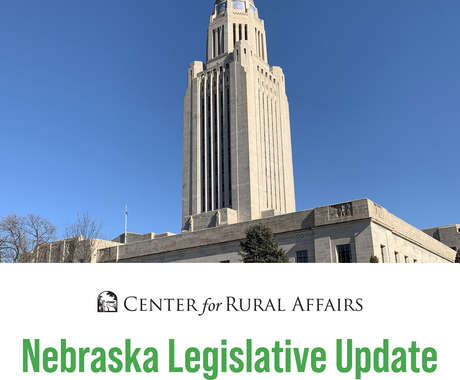By Lucas Nelsen, former staff member
Renewable energy continues to expand across the United States. For example, wind energy has achieved some notable landmarks, like the recent feat of supplying more than 30 percent of the energy for four states – Iowa, Kansas, Oklahoma, and South Dakota. Solar, likewise, is experiencing its own transformation as panels become cheaper and easier to install, and more options for ways to invest in solar energy become available to consumers and communities across the nation. But, as more of our power comes from new renewable generation in places around the country, it’s important we confront some of the challenges renewable energy still faces.
One key roadblock to increased renewable generation is our outdated electric grid. The grid was designed in a time when power came from centralized generating units, like coal plants, and was focused on connecting those units to larger population centers around the country. In the Midwest and Great Plains, where there is a boom in the development of wind and solar, we also have a serious lack of suitable electric infrastructure to connect new renewable energy to the electric grid. That’s because renewable energy generation is distributed over a wider area than older, single units, and many of these new projects are located in rural areas.
The development of renewable energy brings a lot of benefits to rural communities. Wind energy especially brings new opportunities to small towns in the form of new tax revenue that supports schools and roads, new jobs in construction and long-term operations careers, and annual payments to landowners who host turbines. These benefits, however, only follow if a wind project is able to be built and get its energy to market. To accomplish this, renewable energy generation needs connections to the larger electric grid.
Investing in new energy transmission infrastructure allows for renewable energy to continue thriving, and allows rural communities across the region to access the benefits of renewable development. Recent examples include the Multi-Value Projects (MVP) which provide new, crucial links for the electric grid across upper Midwest and Great Plains states like Iowa and Wisconsin. One of the MVPs that seek to meet the needs of new renewable energy in the Midwest is the Cardinal-Hickory Creek project, which would run from Dubuque, Iowa, to Middleton, Wisconsin. Like other MVPs, the Cardinal-Hickory Creek project would create new capacity for renewable energy, and allow consumers in Iowa, Wisconsin, and other Midwestern states to access cheap and clean renewable power.
As this project continues to proceed through the development process, it is essential that landowners and communities engage through discussions with the project’s developers and participate in open houses and public hearings. Communities have an opportunity to form partnerships with the developer and pursue new, innovative techniques for siting and building transmission projects. Partnerships like these have been used to expand conservation areas, avoid impacts on agricultural operations, and include new pollinator-friendly habitat along the routes of projects. Local stakeholders have unique insight that helps to form a final route and ensures a project is built in the best way for all involved.
If communities hope to take full advantage of their renewable energy resources, a necessary step is to improve the electric transmission infrastructure allowing for renewable energy to be developed and accessed across the region; no state has to be an island. The Midwest is rich in renewable energy potential, which can translate to cheap and clean energy for rural homes and business as well as other local perks. We just have to make the connections to that potential to realize the benefits of renewable energy.




